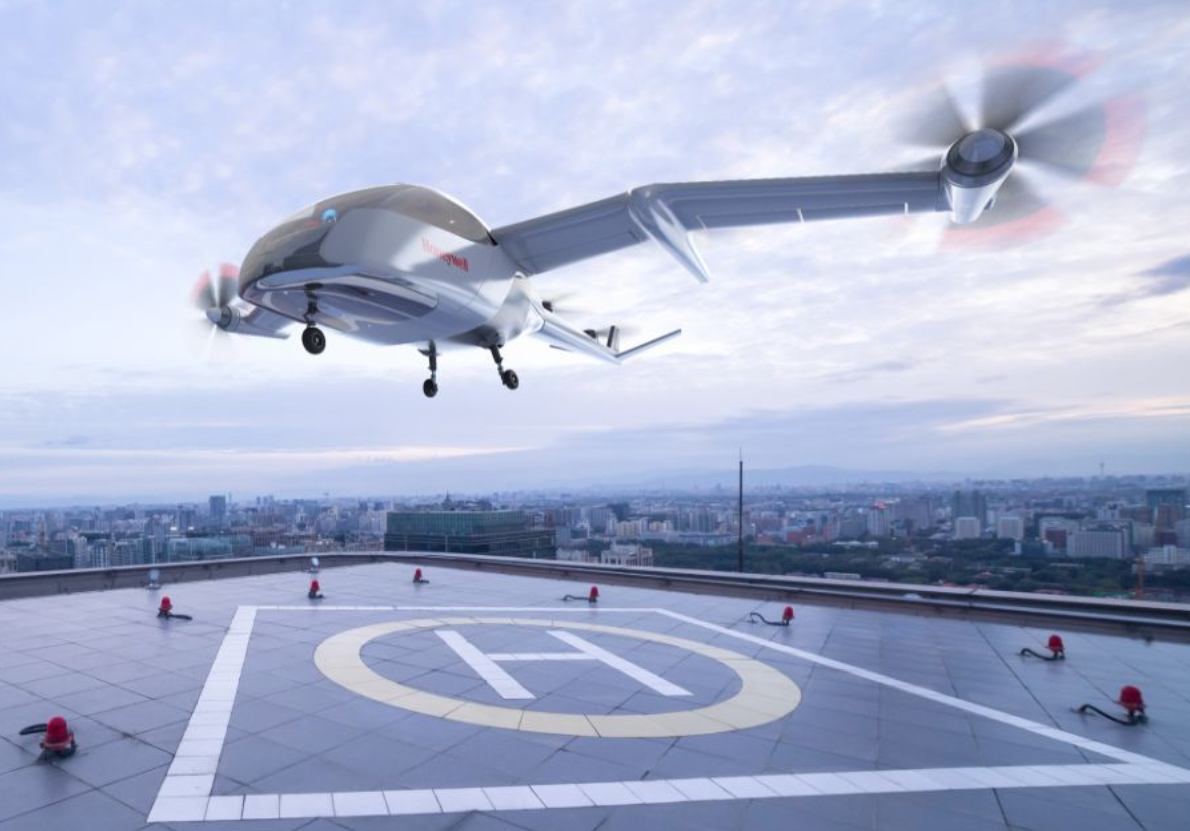
According to a company press release: “Aircraft involved in the testing are outfitted with Honeywell sensors and include cameras that analyze visual markings resembling QR codes, which help guide the vehicle to a designated landing spot. This is a key first step for the future of flight as Honeywell adds sensors that support safer, autonomous urban air mobility operations. Testing of these sensors is currently underway to gather data and refine their capabilities to support future autonomous landing capabilities. Data collection was compiled in Arizona using Honeywell’s AS350 helicopter, and additional testing is planned in collaboration with Honeywell’s partners. This milestone in testing furthers the initiative to achieve cleaner, safer and smarter aircraft and signals important progress to the goal.”
“Introducing numerous piloted and autonomous aircraft in dense urban environments is a real challenge in making the UAM vision achievable,” said Matt Picchetti, vice president and general manager, Navigation and Sensors, Honeywell Aerospace. “Navigation is a key part of Honeywell’s heritage, from the industry’s first autopilot to the opportunities we see today in urban air mobility. We are drawing on this expertise and our problem-solving capabilities to lead the way in identifying and bringing to market the most effective technologies to support safer, and increasingly autonomous, UAM operations.”
The press statement said that operations may also benefit from the strategic use of autonomous landing, making vehicle throughput more predictable and reducing turnaround time. Honeywell’s data collection work will continue for the rest of 2020, with the demonstration of fully automated landings taking place within roughly the next 12 months. When fully developed and tested, these solutions will be the latest addition to Honeywell’s rapidly expanding UAM product portfolio.
“Honeywell offers certification expertise as well as hardware and software technologies to support the UAM space, including its next-generation AHRS (attitude and heading reference systems), compact fly-by-wire system, RDR-84K radar and hybrid-electric turbo generators.”
For more information

